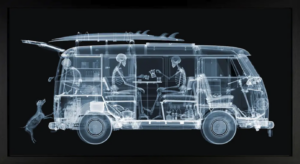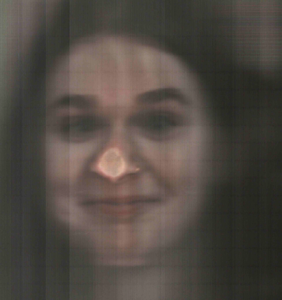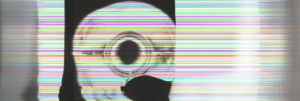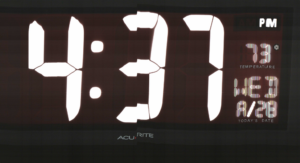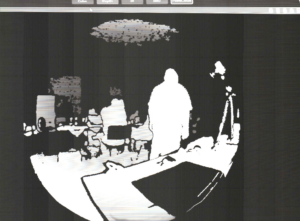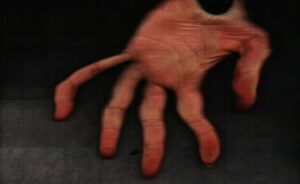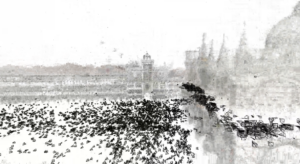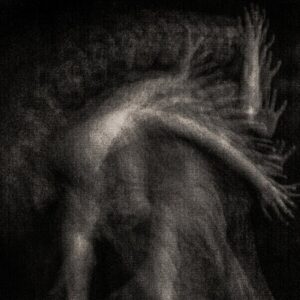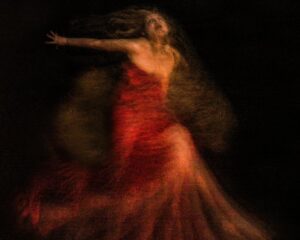From the reading, a medium that could be easily adjusted to fit a manipulator’s vision made it difficult for photography to be taken seriously as a tool for documenting reality without bias. The development of X-ray photography provided strong evidence of photography’s scientific utility, helping to restore its credibility.
However, what I find interesting is the malleability of photography itself. Some photographic works are used by artists to expand the way to perceive the world beyond what the naked eye can see. Objects inherently have multiple facets, and the reality seen by the human eye is always relative. X-ray photography, too, has the power to subvert our understanding of physical reality, completely altering the relationships between objects. The artworks below by Nick Veasey transform my familiar view of the world, reshaping how I perceive the essence of everyday objects.
